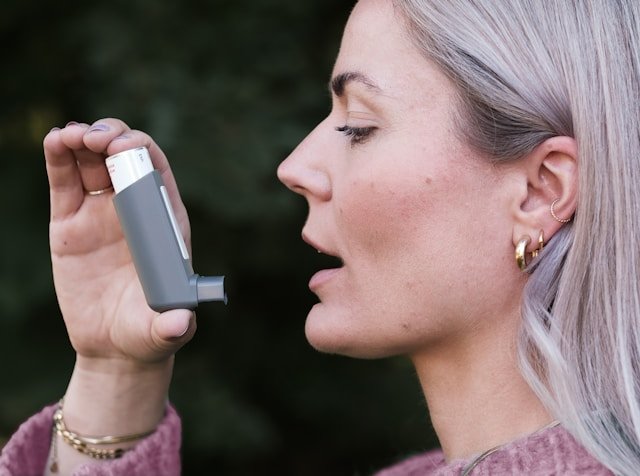
Despite the allure of spring, it also brings a host of potential asthma triggers such as pollen, mold, and temperature fluctuations. Enjoying the season can be a challenge when your asthma keeps you in discomfort. Here are five techniques free from medication to assist your breathing this spring.
Deciphering Asthma
Asthma is a persistent respiratory ailment that results in inflammation in the lungs and airways. Over 24 million Americans suffer from asthma. Symptoms can encompass shortness of breath, chest discomfort, wheezing, and bouts of coughing. Various factors can trigger asthma, including certain foods, allergies, common cold, medication side effects, pollution, physical activity, and stress.
Though there is no known cure for asthma, you can establish a plan for managing this condition, which incorporates breathing exercises aimed at preventing acute attacks.
1. Navigating Pursed-Lip Breathing
This technique can prove beneficial during episodes of shortness of breath as it can increase your air intake, enabling more comfortable breathing.
Procedure
Begin by relaxing your body and inhaling through your nose for two seconds while keeping your mouth shut – these inhales can be of normal depth. Pucker your lips as if about to whistle and exhale through your mouth for four seconds. The duration of your exhales should exceed that of your inhales.
2. Embracing Diaphragmatic Breathing
Conditioning your diaphragm can significantly enhance your breathing capability.
Procedure
Locate a comfortable spot to either sit or lie down. Rest one hand on your chest and the other on your stomach. Inhale through your nose, ensuring your abdomen elevates. Using the pursed-lip technique described above, exhale through your mouth.
3. Getting Acquainted with Buteyko Breathing
Asthma attacks can often be spurred by stress and anxiety, potentially leading to hyperventilation. Dr. Konstantin Buteyko, a practitioner of medicine in Moscow, conducted a study linking breathing and health. His methodologies highlight controlled breathing as a means of managing anxiety and avoiding asthma symptoms. Trimming down your breath decreases your chances of inciting an attack.
Procedure
Sit up straight on the floor and take a few normal breaths while you allow your body to relax. Exhale and pinch your nose shut until you have to inhale again, then do so. Take normal breaths for about 10 seconds before repeating the exercise. This method should aid in strengthening your diaphragm.
4. Exploring the Papworth Method
Research shows that over 65% of children have allergies, and those prone to allergies are more likely to develop asthma compared to their peers. Breath shortage can be distressing for children, making early recognition and management vital. The Papworth method blends breathing and relaxation techniques to control triggers.
Procedure
Inhale through your nose, filling your lungs with the breath. Expel the breath through pursed lips or a relaxed mouth. Finally, harmonize your breath with relaxation exercises and subtle movements.
5. Getting Familiar with Box Breathing
Also referred to as square breathing, box breathing hinges on deep inhalations to permit you to slow down your breath.
Procedure
Start with some deep breaths while placing your hand on your stomach to feel it rise, ensuring you breathe correctly. After about a minute of this, commence your box breathing by inhaling as you slowly count to four. Hold your breath on a slow four count, then exhale through your mouth, also counting slowly to four. Pause for about four seconds before commencing your next round.
These Techniques Can Improve Your Breathing
Though these breathing techniques don’t serve to replace your inhaler or medication, they do offer an opportunity to learn control through breath work which acts as a natural modulator of stress and anxiety. Strive to practice these exercises daily, and consult with your doctor if you find any method strenuous. Breathe deeply and remain calm, and you’ll be able to fully enjoy the spring bloom.





